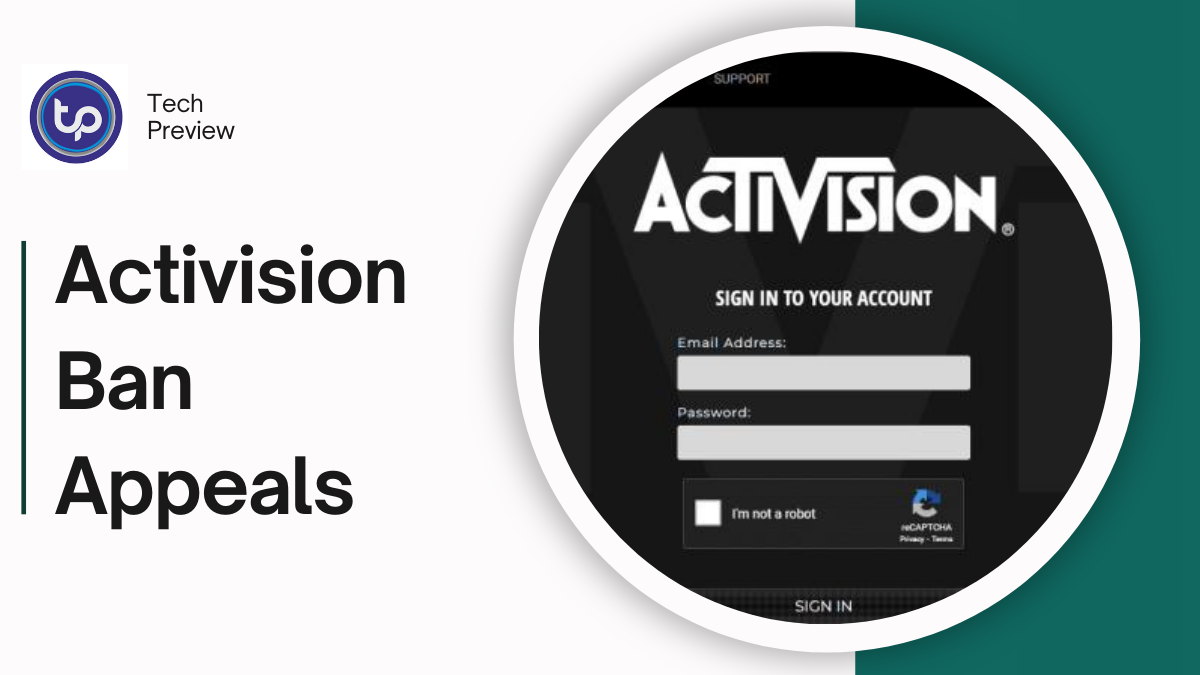Appealing an Activision ban can be stressful and confusing, especially for dedicated gamers who find themselves suddenly cut off from their favorite games.
If Activision has banned you and are looking to navigate the appeal process, here’s a comprehensive guide that should help you understand what to do and how to increase your chances of success.
Understanding Activision Bans
Activision, like many other gaming companies, has strict policies in place to maintain fair play and a positive gaming environment. Bans are typically issued for reasons such as cheating, using unauthorized third-party software, exploiting glitches, or engaging in toxic behavior. When a ban is issued, it can be either temporary or permanent, depending on the severity of the violation.
Before you can appeal a ban, it’s important to fully understand why the ban was imposed. Activision usually provides a notification explaining the reason for the ban, which is crucial information for crafting a successful appeal.
Steps to Appeal an Activision Ban
1. Collect All Necessary Information
Before starting the appeal process, ensure you have all the necessary details ready:
- Account Information: Your Activision ID, email address, and any other relevant details.
- Ban Details: The specific reason for your ban as stated by Activision.
- Evidence: Collect any evidence that may support your case, such as screenshots, videos, or logs that show your activities during the time of the alleged violation.
2. Visit the Activision Support Page
To begin the appeal process:
- Log in to your Activision account on their Support Page.
- Navigate to the “Ban Appeals” section.
- Select the game and platform related to your ban.
3. Submit Your Appeal
When submitting your appeal:
- Be Honest and Respectful: Clearly explain the situation and why you believe the ban was unjust. Avoid any aggressive language, and make sure to be concise and to the point.
- Include Evidence: Attach any relevant evidence that could support your appeal, like screenshots or videos.
- Double-Check Information: Ensure all information is accurate before submitting your appeal to avoid delays.
4. Follow Up
After submission:
- Monitor Your Email: Activision will communicate with you via email. Keep an eye out for any updates or requests for additional information.
- Be Patient: The review process can take time, often weeks. Avoid submitting multiple appeals as this can delay the process further.
Tips for a Successful Appeal
- Understand Activision’s Policies: Familiarize yourself with their Terms of Service and Code of Conduct to better frame your appeal.
- Provide Compelling Evidence: Ensure the evidence you submit directly supports your case.
- Address the Specific Ban Reason: Focus on the exact issue that led to your ban when writing your appeal.
- Seek Community Support: Sometimes, sharing your story on forums or social media can offer additional advice and support from other players.
To know more, click here.
Common Mistakes to Avoid
- Incomplete Forms: Ensure that all required fields in the appeal form are filled out.
- Aggressive Language: Keep your appeal professional and respectful.
- Multiple Appeals: Refrain from submitting multiple appeals for the same issue, as this can cause delays.
What to Do If Your Appeal is Denied
If your appeal is denied:
- Review the Rejection: Understand why your appeal was unsuccessful and consider if there is more evidence you could provide.
- Consider a New Appeal: If you gather new evidence or believe there was a misunderstanding, you can submit a new appeal after some time.
- Learn from the Experience: Ensure that you fully understand Activision’s policies to avoid future issues.
Conclusion
The Activision ban appeal process can be challenging, but by following these steps and tips, you can improve your chances of having your ban overturned. Remember to be honest, provide solid evidence, and be patient throughout the process.
RELATED ARTICLES
- Ultimate Squid Game Quiz: Test Your Knowledge with 50+ Trivia Questions
- Navigating Sports Wagering in Texas: Opportunities and Challenges
- Unraveling the Mystery of the Star Plasma Vessel in Jujutsu Kaisen
- Madden NFL 25: A Comprehensive Review of Gameplay and Presentation
- Master Tengen: The Guardian of Jujutsu Kaisen’s Balance









